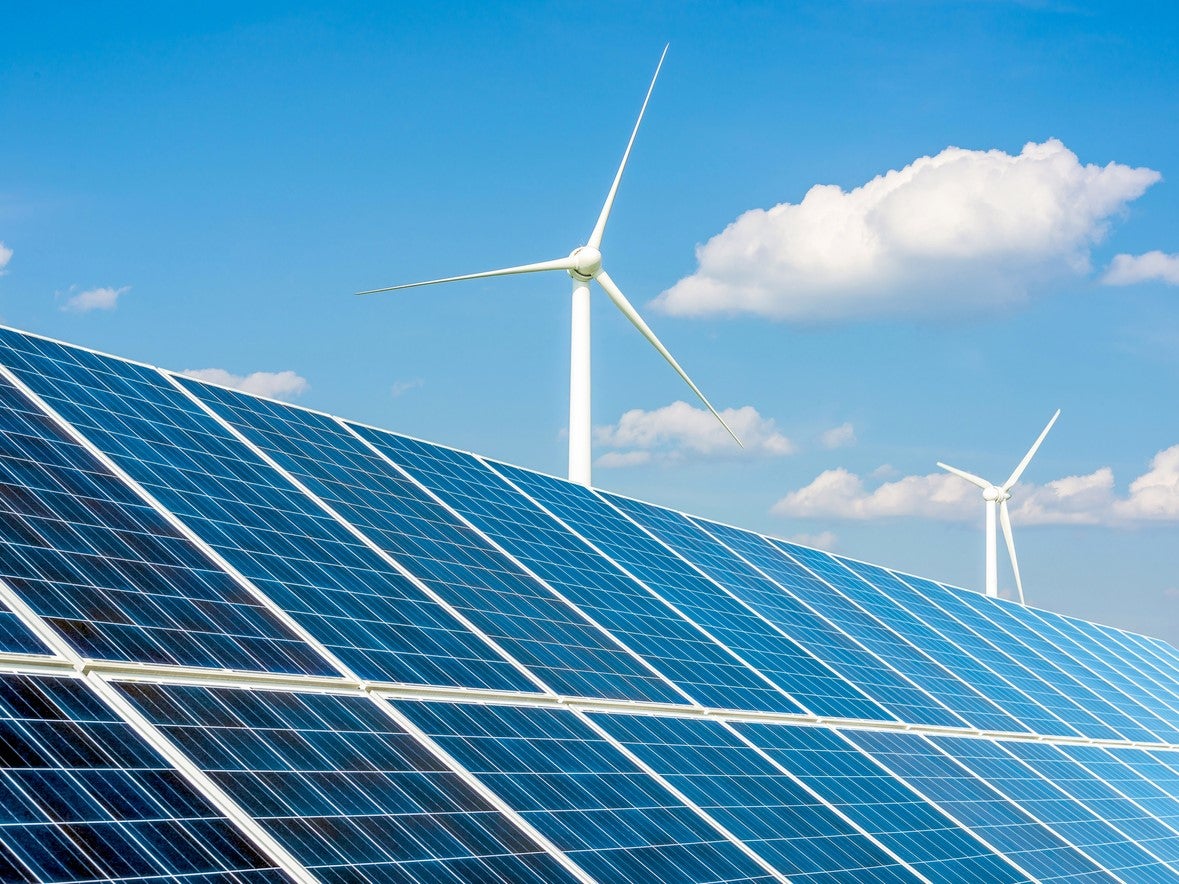Renewable energy meets 107% of rise in global electricity demand in 2022
‘Wind and solar [offer solution] to climate impacts, energy insecurity and economic instability’, report notes

Your support helps us to tell the story
From reproductive rights to climate change to Big Tech, The Independent is on the ground when the story is developing. Whether it's investigating the financials of Elon Musk's pro-Trump PAC or producing our latest documentary, 'The A Word', which shines a light on the American women fighting for reproductive rights, we know how important it is to parse out the facts from the messaging.
At such a critical moment in US history, we need reporters on the ground. Your donation allows us to keep sending journalists to speak to both sides of the story.
The Independent is trusted by Americans across the entire political spectrum. And unlike many other quality news outlets, we choose not to lock Americans out of our reporting and analysis with paywalls. We believe quality journalism should be available to everyone, paid for by those who can afford it.
Your support makes all the difference.Renewable energy sources have met more than 100 per cent of the rise in global electricity demand this year, according to a new report.
Figures from UK-based energy think tank Ember estimated that increased production of solar, wind and hydro power in the first six months of 2022 accounted for 107 per cent of the growth in global demand during the same period.
Electricity generation from both gas and coal also fell in the first half of the year, Ember’s report noted, continuing a trend in recent years of a transition from fossil fuels to renewable energy sources.
“We are getting closer to a tipping point, where clean electicity – led by wind and solar – will meet all future electricity demand growth, and thus fossil fuel power generation peaks,” Malgorzata Wiatros-Motyka, a senior electricity analyst at Ember, wrote in the report.
“Wind and solar are proving themselves as an effective solution as the world faces escalating climate impacts, energy insecurity and economic instability. They are bringing down costs, and improving security.”
The report analysed data from 75 countries representing 90 per cent of global electricity demand.
Globally, there was an increase in electricity demand of 389 terawatt hours – a rise of 3 per cent year-on-year – with more than half of that coming from the US and China.
While the US was unable to meet this increase in demand with renewable energy sources alone, China satisfied nearly double its increased demand with wind, solar and hydro sources.
It is too early to determine whether all future rises in global electricity demand will be met by renewables, with the unpredictable nature of clean energy sources meaning there is still a huge reliance on fossil fuel sources.
Severe droughts in parts of China this summer means that hydro generation will likely drop considerably in the second half of 2022, while heatwaves in Europe would have pushed up electricity demand in July and August.
“It’s not certain that for 2022 in total the rise in renewables will cover all of the rise in electricity demand. But as wind and solar add more generation every year, that tipping point gets closer,” the report concluded.
“The electricity sector should be quickly reducing emissions. The fact that we’re still at or close to record highs shows how much more quickly the electricity transition needs to happen.”
Read more on solar panels

Join our commenting forum
Join thought-provoking conversations, follow other Independent readers and see their replies
Comments